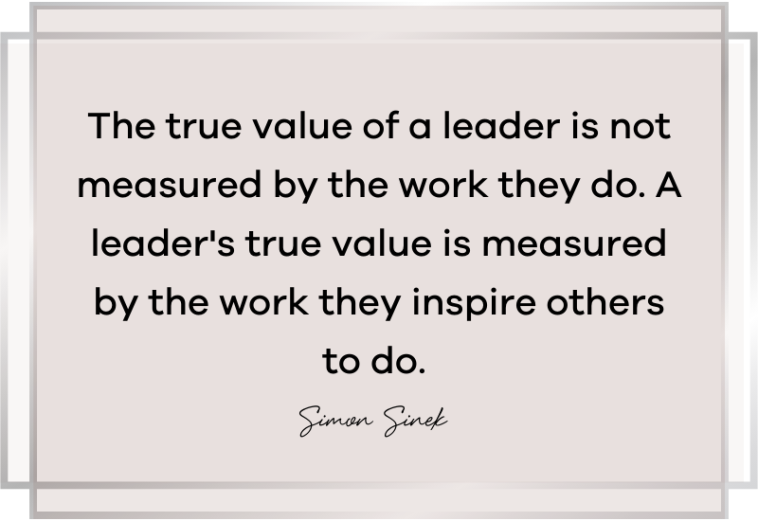
December
As leaders it is our responsibility to create an environment where employees can be engaged, because only engaged employees can and want to give their best and go the famous extra-mile. Engaged employees make organisations successful.
Businesses are not adding value.
People are adding value.
Gallup’s most recent “State of the Global Workplace 2023 Report” shows that globally only 23% of the employees are engaged.
Gallup is distinguishing three categories of engagement:
Engaged:
Engaged employees are involved in and enthusiastic about their work and their workplace.
This means, among other things, that they are loyal, highly motivated, willing to give their best, happy to put their discretionary effort into work and solve major and minor problems autonomously.
Disengaged:
Employees are not emotionally attached to their work and their workplace.
They work to rule. They do not feel committed to the company, which is (for example higher absenteeism, higher turnover). They are putting time – but not energy and passion – into their work.
Actively disengaged:
Employees are actively not emotionally attached to their work and their workplace.
They actively work against the interests of the organisation, are unhappy with their work and communicate their frustrations frequently and willingly.
So next time you want to reflect on the kind of environment you are creating for your employees, ask yourself the following questions:
- How many of my employees are engaged, disengaged and actively disengaged?
- How much attention do I give to each of the groups?
- What am I doing to create an inspiring work environment?
- What else can I do to create an inspiring work environment?






